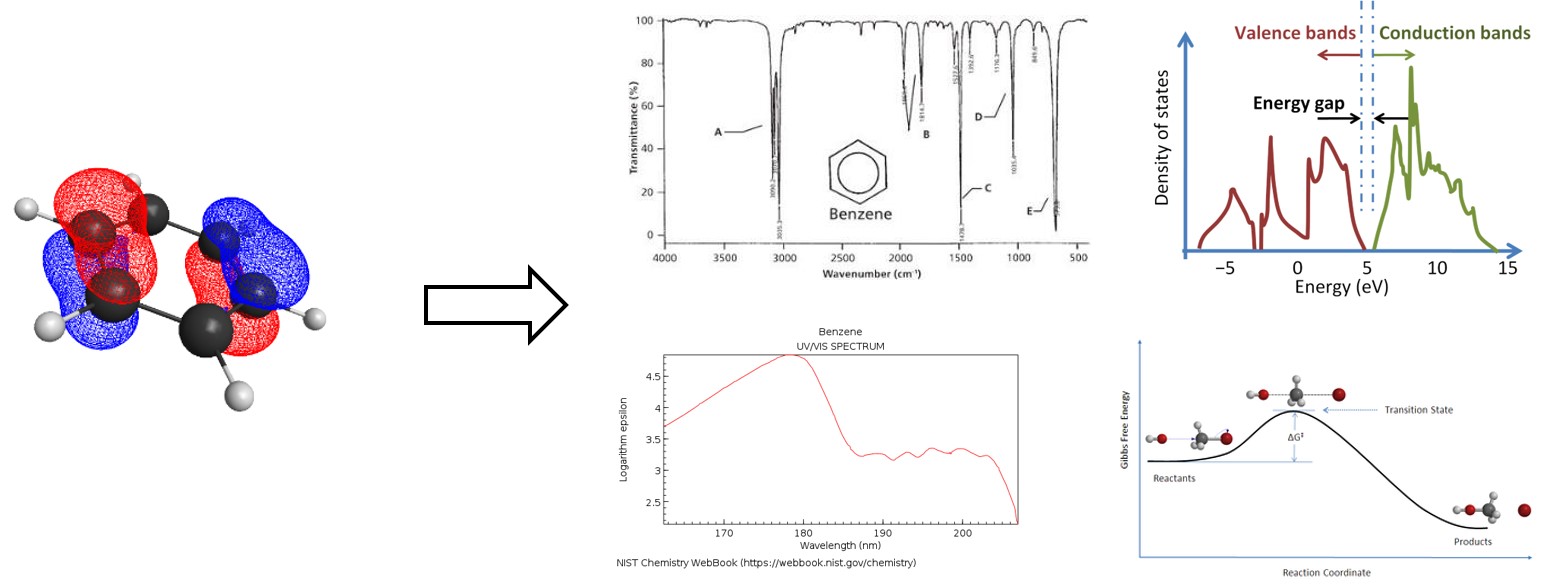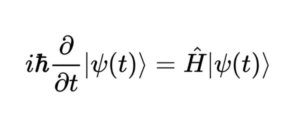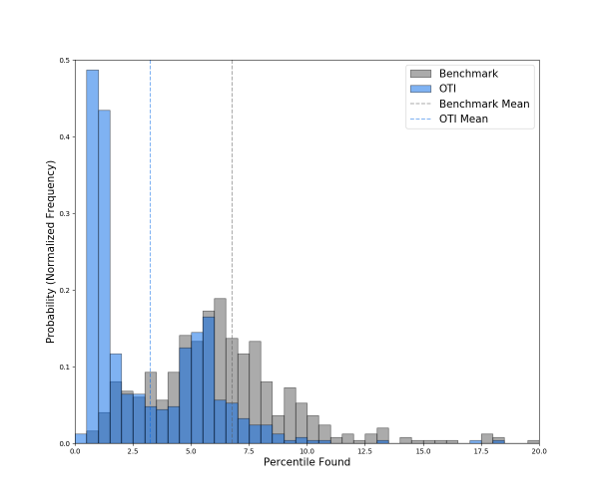Our materials discovery platform is a work-flow combination of simulations, machine learning, and experimental design that accelerates the pace of inventing new materials.
We use state of the art quantum chemistry simulations deployed on high performance computers and GPUs and advanced machine learning algorithms to enhance molecular search. We combine these powerful tools with data collected in the laboratory and production to design materials that can meet rigorous standards for mass production. When we input data and run simulations, we consider and factor every step of the material’s life, from synthesis, scale-up, supply chains, performance in manufacturing, and device performance.
The principle of materials discovery is explained in the name; it’s about discovery. The principle objective of the best platform is to think like a chemist by asking the simple question: “based on what I know and can simulate, what should I test next?” Our platform is distinct from others, as it not only can run simulations and ML algorithms but creates maps of statistical probability, showing what properties the candidate material is likely to have and what problems it may encounter. This enables our scientists and engineers to make informed decisions of what materials to synthesize and deploy in production testing.
Quantum Chemistry
We use computational chemistry to simulate properties of OLED materials such as optical gap, emission spectra, and etc… These simulations involve solving the Schrodinger equation of the molecular electrons. Most steps in these simulations involve calculating electron integrals, inverting matrices, and optimizing coefficients. The results from these simulations are used to estimate opto-electronic properties of the materials prior to synthesis, and this helps save costs. We spend a lot of time developing accurate quantum chemistry simulations on high performance compute resources.
Machine Learning (AI)
Our machine learning approach uses a combination of well described techniques such as use of deep neural networks. These machine learning techniques are used and applied in cases such as facial recognition. Our algorithms map molecular information into an abstract vector space, of which we can map candidate materials to determine how best to organize our experiments to maximize success in finding a material.
Statistics & Compute
Most material discovery operations are focused on finding great material candidates in a laboratory setting, with minimal consideration to scale-up and device performance. This results in companies design and synthesizing materials that have great properties in the lab, but either fail in manufacturing or are too expensive to scale-up. Our platform starts its material search, by first only simulating candidate materials that can be easily synthesize and scale-up. Thermal property and chemical engineering calculations are the first calculations that our platform performs.











